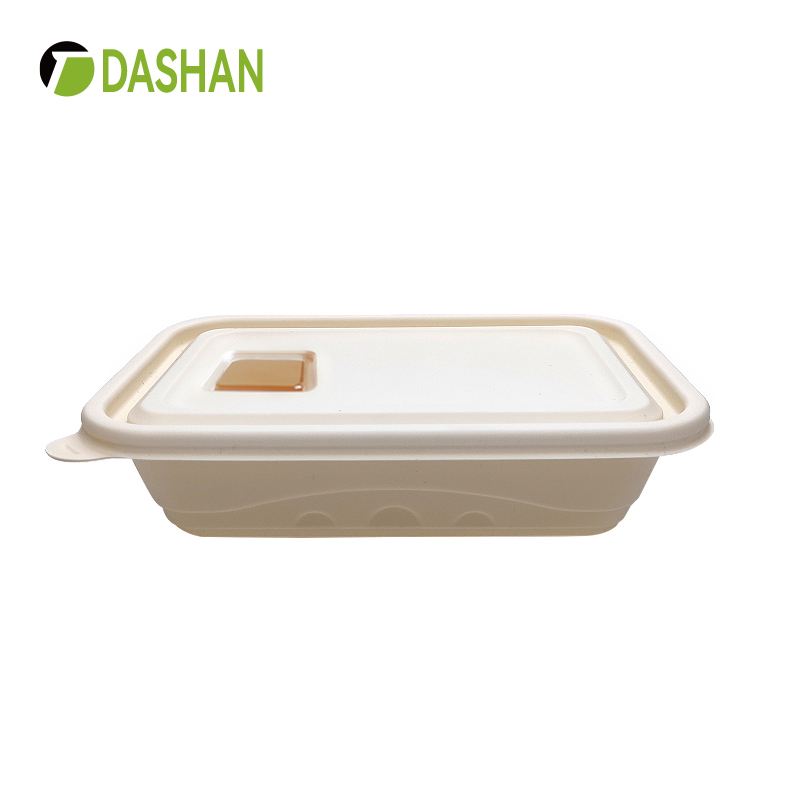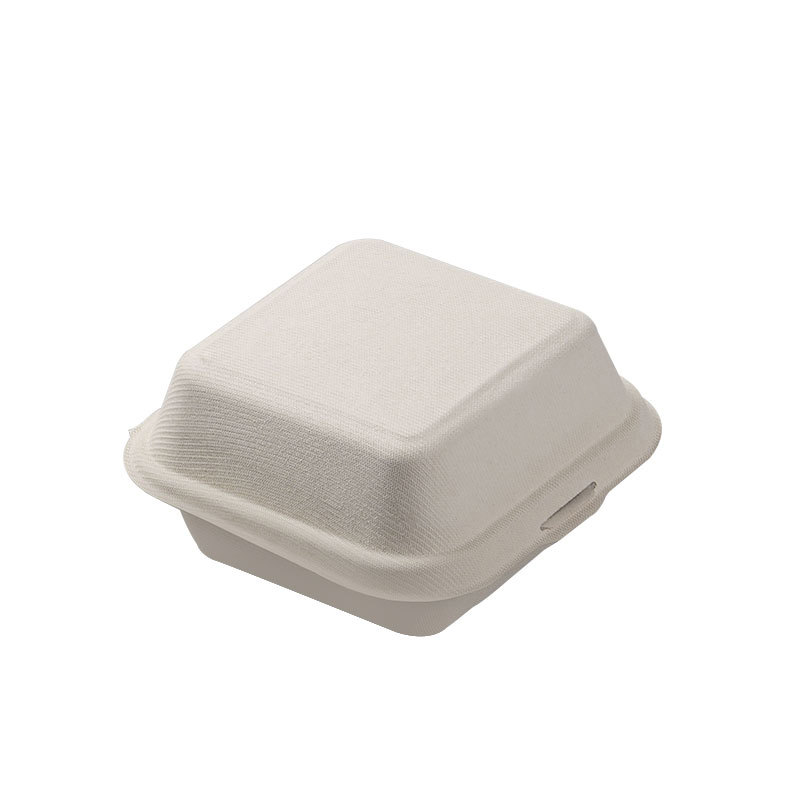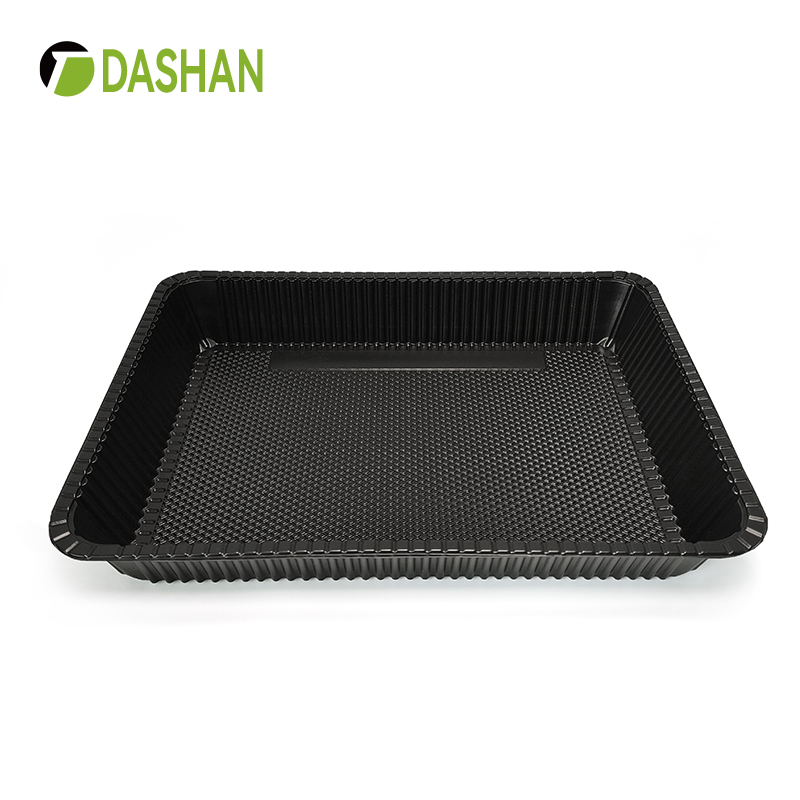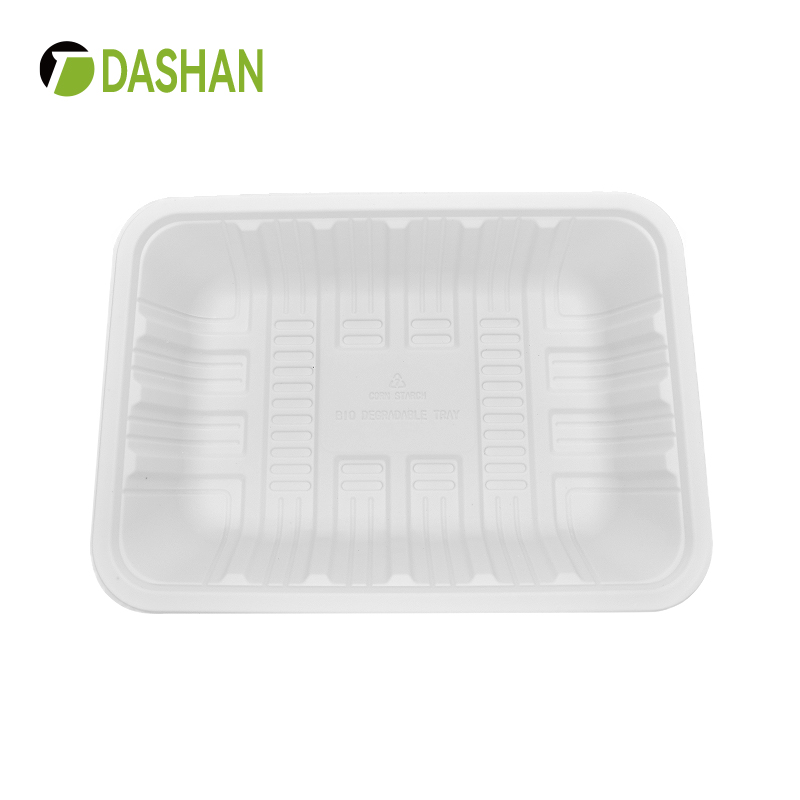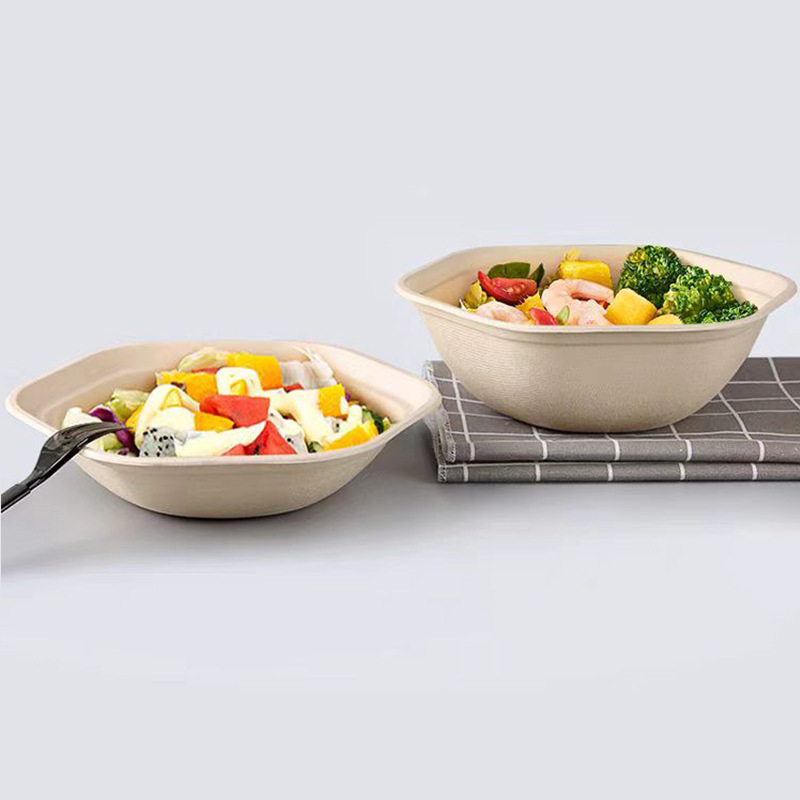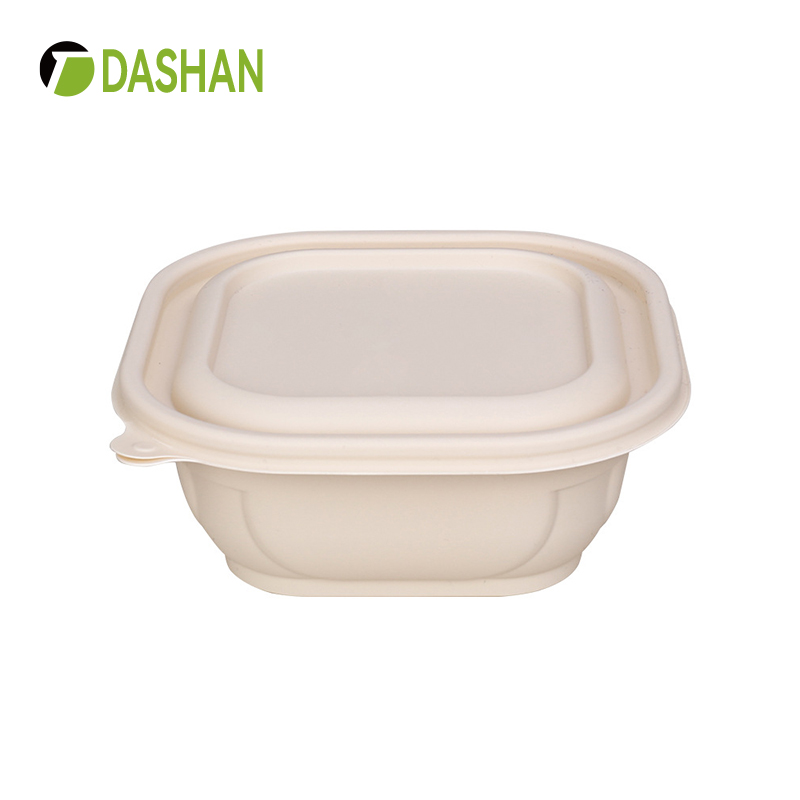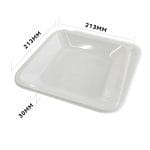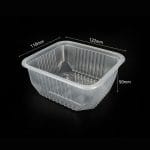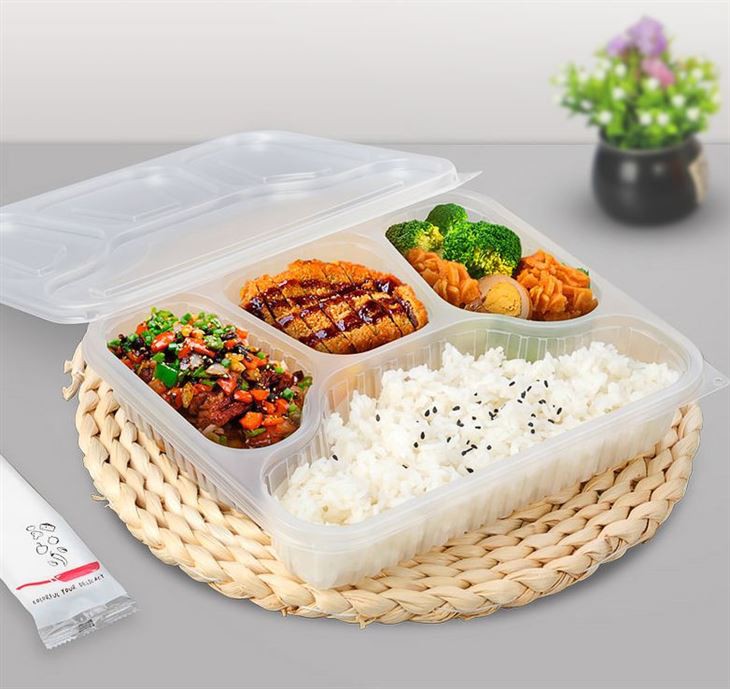Introduction
In today’s fast-paced world, the demand for convenience, efficiency, and sustainability in food packaging has never been higher. Plastic disposable food containers have emerged as a ubiquitous solution that addresses these needs while offering a myriad of other advantages. This article delves deep into the world of plastic disposable food containers, exploring their many benefits that extend beyond mere convenience. From their role in reducing food waste to their contribution to food safety, plastic disposable food containers have become integral to modern dining experiences.
Chapter 1: Convenience Redefined
The convenience factor of plastic disposable food containers
1.1 Grab-and-Go Culture: In our on-the-go lifestyles, plastic disposable food containers make it easy for people to grab their meals and snacks quickly. Whether it’s a hurried lunch break or a picnic in the park, these containers are designed for hassle-free convenience.
1.2 Portion Control: Many plastic disposable food containers are pre-portioned, allowing consumers to manage their serving sizes and calorie intake effortlessly. This feature is particularly valuable for those who are conscious of their diet.
1.3 Meal Prep Made Simple: Plastic disposable containers are a staple for meal prep enthusiasts. They streamline the process of preparing and storing meals for the week, promoting healthier eating habits and saving time.
Chapter 2: Food Safety Assurance
Ensuring the safety of food with plastic disposable containers
2.1 Tamper-Evident Packaging: Many plastic disposable food containers come with tamper-evident features that assure consumers of the integrity of their food. This is especially crucial in industries like catering and delivery.
2.2 Sealed Freshness: The airtight seals on plastic containers keep food fresh for longer periods, reducing the risk of spoilage and foodborne illnesses.
2.3 Microwave and Freezer Compatibility: Most plastic disposable food containers are designed to be microwave and freezer-safe, allowing for easy reheating and storing of leftovers without compromising food safety.
Chapter 3: Versatility Unleashed
The versatility and adaptability of plastic disposable food containers
3.1 Multiple Shapes and Sizes: Plastic disposable food containers come in a wide range of shapes and sizes to accommodate various types of food items, from salads and sandwiches to soups and desserts.
3.2 Stackable and Nestable: These containers are often stackable and nestable, saving valuable storage space in both homes and commercial kitchens.
3.3 Customization Options: Manufacturers offer customization options, allowing businesses to brand their containers, and enhancing brand recognition and customer engagement.
Chapter 4: Eco-Friendly Initiatives
The evolving sustainability efforts in plastic disposable food containers
4.1 Recyclability: Many plastic disposable food containers are recyclable, contributing to efforts to reduce plastic waste and promote recycling.
4.2 Bio-Based Materials: The industry is increasingly exploring the use of bio-based plastics for manufacturing these containers, reducing their environmental footprint.
4.3 Reducing Food Waste: By preserving the freshness of food and offering convenient storage options, plastic disposable containers help reduce food waste, a significant global concern.
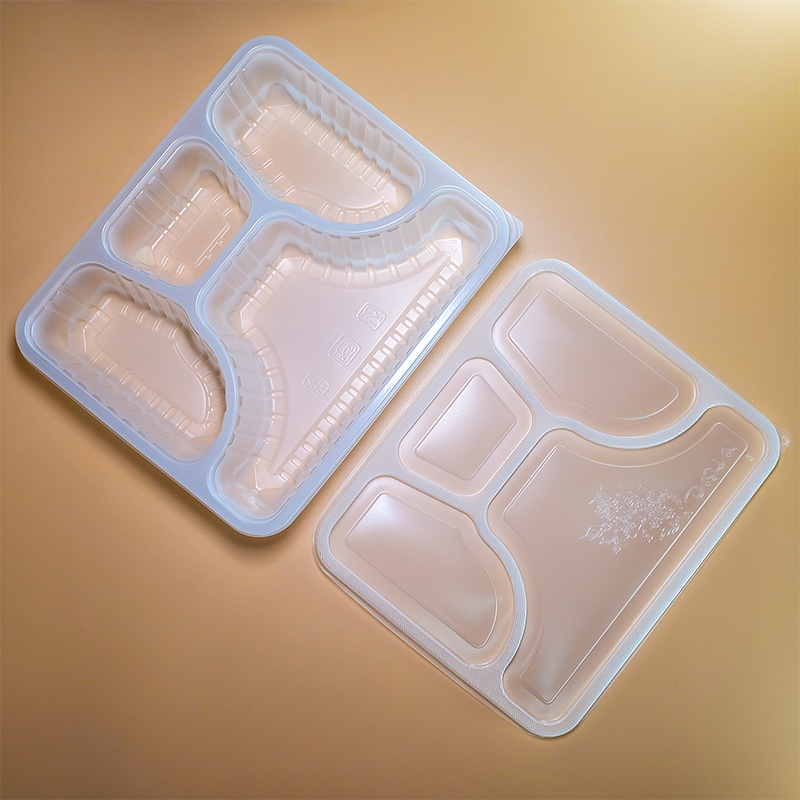
Chapter 5: Cost-Effectiveness
The cost advantages of plastic disposable food containers
5.1 Affordable Production: Plastic disposable food containers are cost-effective to produce, which translates to lower costs for both manufacturers and consumers.
5.2 Reduced Labor Costs: In commercial food service, these containers streamline processes, reducing labor costs associated with washing, drying, and storing reusable containers.
5.3 Less Breakage: Unlike glass or ceramic containers, plastic disposable containers are less prone to breakage, reducing replacement costs.
Chapter 6: Customization for Businesses
How Plastic Disposable Food Containers Benefit the Foodservice Industry
6.1 Branding Opportunities: Restaurants and catering services can use customized containers to reinforce their branding and create a memorable dining experience.
6.2 Portion Control: Portion-controlled packaging helps businesses manage serving sizes and control food costs.
6.3 Delivery and Takeout: The rise of food delivery services has made plastic disposable containers essential for ensuring that food arrives in optimal condition.
Chapter 7: The Role in Reducing Food Waste
Addressing the global issue of food waste
7.1 Extended Shelf Life: Plastic disposable food containers help extend the shelf life of food products, reducing the chances of premature spoilage.
7.2 Leftovers Preservation: They are ideal for storing leftovers, encouraging consumers to save and consume food that might otherwise be discarded.
7.3 Bulk Packaging: In the food industry, bulk packaging with plastic disposable containers reduces food waste during transportation and distribution.
Chapter 8: The Future of Plastic Disposable Food Containers
Looking ahead to innovations and trends
8.1 Sustainable Materials: The industry is likely to see an increased use of sustainable and eco-friendly materials in the production of plastic disposable containers.
8.2 Smart Packaging: Advancements in technology may lead to the integration of smart features in these containers, such as temperature monitoring or expiration date indicators.
8.3 Global Expansion: As the global food industry continues to grow, so does the demand for plastic disposable food containers, driving innovations and expansion into new markets.
Conclusion
Plastic disposable food containers have transcended their role as mere vessels for takeout meals. They have become indispensable tools in our modern lives, offering unparalleled convenience, food safety assurance, versatility, and sustainability benefits. From portion control to food preservation, from cost-effectiveness to branding opportunities, these containers have reshaped the way we consume and interact with food.
As the world grapples with issues like food waste and environmental sustainability, plastic disposable food containers are evolving to meet the challenges. They are not just tools for convenience; they are instruments of positive change, contributing to a more sustainable and efficient food ecosystem.
In the coming years, we can expect to see further innovations that will make plastic disposable food containers even more eco-friendly and technologically advanced. As they continue to adapt to the ever-changing needs of the food industry and consumers, these containers will remain a cornerstone of modern dining and food service, emphasizing that convenience and sustainability can indeed go hand in hand.



